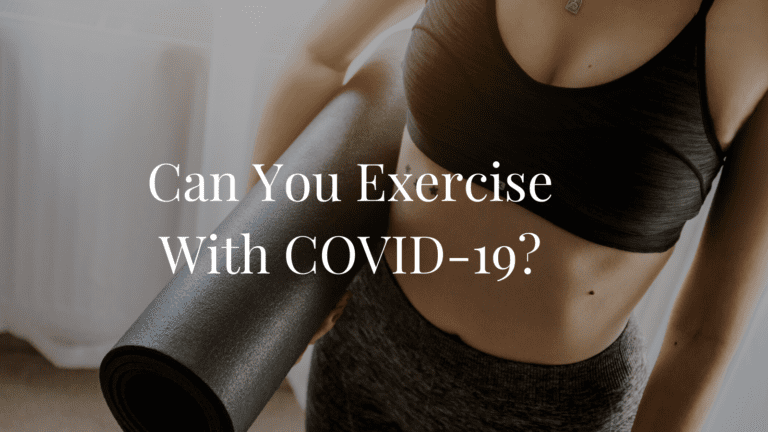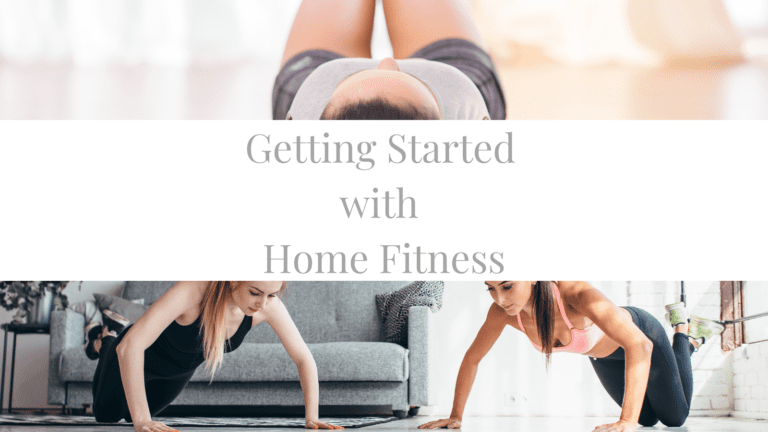How To Get a Bigger Butt! Don’t Do Squats!

Introduction
It seems like more and more people are interested in this topic. Developing a bigger butt is actually not as complicated as it might seem. Now, I would like to point out that at some point natural genetics plays a role in how “big” you are able to grow your butt.
What To Do To Grow Your Butt
Outside of genetics, there are a few things that you can do to bolster the results you want. Exercise is a big one. It’s important to incorporate butt-growing exercises into your fitness routine.
Before we talk about what the best exercises for growing your butt are, let’s refresh our knowledge on the glutes muscles.
The gluteal region is comprised of the gluteus maximus, gluteus medius, and gluteus minimus.
Gluteus Maximus
The Gluteus Maximus is the largest muscle in the region. It is the main exterior muscle of the hip. The gluteus maximus extends from the pelvis to the femur. The gluteus maximus has four effects on the hip joint; extension, external rotation, abduction, and abduction of the thigh.
Gluteus Medius
The Gluteus Medius is located on the lateral aspect of the upper buttock. It is a large region reaching from the iliac crest above to the sciatic notch below. The Gluteus Medius is the prime mover of abduction at the hip joint. It assists in flexion, medial and lateral rotation of the hip.
Gluteus Minimus
The Gluteus Minimus is located on the external surface of the ilium, between the anterior and inferior gluteal lines. The gluteus minimus’ main action in hip abduction. It also stabilizes the pelvis during single-limb support.
Now that we have a better understanding of the gluteal region let’s discuss some exercises we can do to help grow and strengthen our gluteal muscles.
We’re going to break the exercises down by each muscle.
Gluteus Maximus
Gluteus Medius
Gluteus Minimus
When performing exercises it’s important to focus on your form. An improper form will not illicit the results you want and can lead to injury.

Also important is taking adequate rest days. It is essential that you give your body time to recovery in order to see optimum results. Overtraining can lead to excessive fatigue, injury, increased agitation, and decreased performance.
What To Eat For a Bigger Butt?

Along with doing the proper exercises, nutrition plays a huge role in developing a bigger butt. Your butt is a muscle, and a really big one at that, you want to be sure you’re consuming the right nutrients to aid in muscle growth and recovery.
Protein, protein, protein. Protein is so important in the diet, especially when trying to build muscle. And remember, our butts are muscles. The DRI (daily recommended intake) is 0.36 grams of protein for every pound of body weight. For example, if you weighed 200lbs, your DRI for protein would be 72g (200 x 0.36) of protein daily. You want to be sure you are picking healthy proteins that are low in fat. Some great protein choices are; Salmon, Eggs, Halibut, Chicken, Avocado, Tofu, Nut butter, etc.
Carbohydrates are also important as they keep us energized. Some healthy carbs would be; Quinoa, Flax seeds, whole grains, chia seeds, oats, etc.
Prioritize healthy unsaturated fats over saturated ones. Some healthy fats include Olive Oil, Avocado, Nut Butters, Eggs, Fatty Fish, etc.
Overall, you want to consume a nice balanced diet. Your diet should be rich in vegetables, fruit, whole grains, lean proteins, and healthy fats.
Conclusion
To conclude, you want to be doing exercises that target the gluteal muscles and eat a diet full of vegetables, fruit, whole grains, lean proteins, and healthy fats. Make sure to focus on form when performing exercises and take adequate rest time for recovery.
Cited Sources
“Gluteus Medius.” Physiopedia, www.physio-pedia.com/Gluteus_Medius. Accessed 2 May 2021.
“Gluteus Minimus.” Physiopedia, www.physio-pedia.com/Gluteus_Minimus. Accessed 2 May 2021.
Grujičić, Roberto. “Gluteus Maximus Muscle.” Kenhub, 8 Apr. 2021, www.kenhub.com/en/library/anatomy/gluteus-maximus-muscle.








Really informative, great article thanks!
Thank you for checking out the article and for your comment!